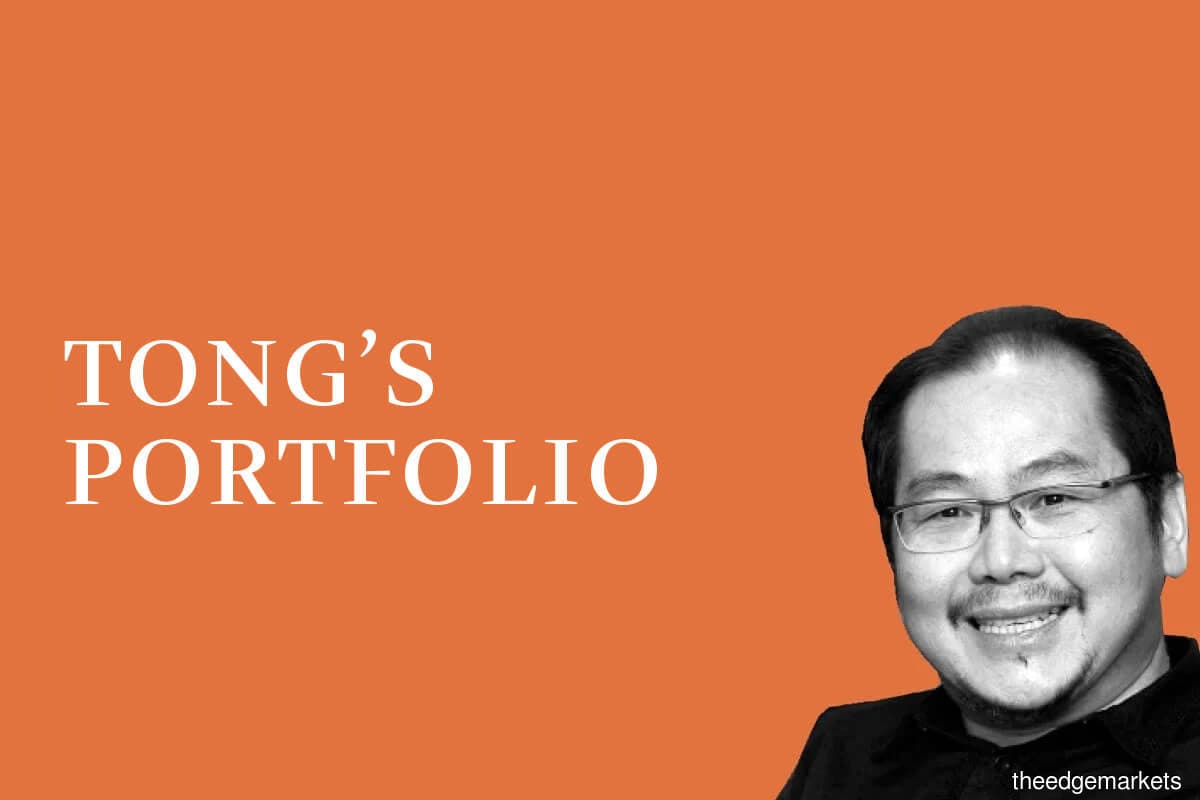
This article first appeared in The Edge Malaysia Weekly on November 9, 2020 - November 15, 2020
Regular readers of this column would notice that we have written quite a bit on glove makers in recent months. Stocks in the entire sector have done remarkably well in this pandemic, with surging demand far exceeding supply, resulting in sharply higher margins and supernormal profits.
Unsurprisingly, investor interest is strong, chasing stock prices to record-high levels and propelling glove makers into the league of mega caps. This has also left many research analysts playing catch-up with their earnings forecasts and price targets — to continue justifying a “buy” on these stocks. As we have said previously, we have no issue with analysts and investors capitalising on this momentum. Momentum trading is a legitimate strategy that can be lucrative — provided you understand and accept the inherent risks.
As analysts, what we do take exception to is how this is being done — valuing the stocks by applying historical average price-to-earnings multiples to current supernormal profits. This is, dare we say, the dishonest way to justify higher and higher target prices. When glove makers’ super profits normalise in a year or two — as they inevitably must — a very reasonable, even cheap, PE multiple today will become unreasonably high.
This is why it is worth highlighting a recent report by Maybank IB on Hartalega Holdings Bhd. The company reported profits that were more than five times higher y-o-y in its latest quarter. It would be simple to apply a historical PE to this supernormal profit and come up with a high price target. Instead, the analyst changed the “valuation methodology to DCF (from PE) to better reflect Hartalega’s long-term cash-generating capability”.
At last, a report that calls out the irrational valuations of applying PE to unsustainable peak profits. It is not a question of accuracy — discounted cash flow is based on projections of multi-year cash flows, which is inherently hard to predict — but methodology.
Valuations cannot be based on one or two years’ worth of profits but what is sustainable in the longer term. This is why analysts always adjust profits for one-off gains and losses. We can only hope that this report will serve as a timely reminder and wake-up call to others.
Save by subscribing to us for your print and/or digital copy.
P/S: The Edge is also available on Apple's AppStore and Androids' Google Play.